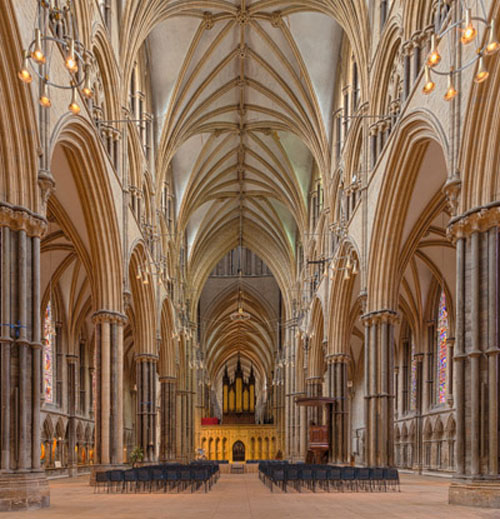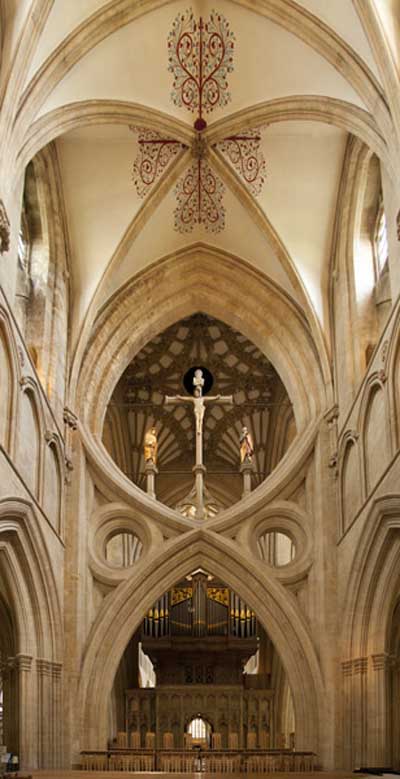Where To Start
The first step of course is just to walk in. Cathedrals and Churches are normally open to visitors and welcome people to "come and see". But once you are past that, a little history and background check is always beneficial to help you connect with the subject of your outing and help you anticipate specific significant images that can be enjoyed for years to come. Cathedrals and history go hand in hand so a little reading will be very rewarding. Also, make sure you check the events page for the Cathedral or church before you go as often there will be a youth, choir or a wedding event that you will may have to work around. Renovations are also a constant issue to work around and will require to you “miss” some of those wanted images but also give opportunities for others. Renovations are also often referenced on the Cathedrals information pages. Also check on the Cathedrals photograph policies, most Cathedrals have some sort of policy that can range from no restrictions, or a small fee to take pictures with a tripod to the extreme where no pictures are only allowed if you have prior permission. Generally you will find most Cathedrals will have no restrictions and only requests a donation or a small fee. These buildings take a lot to maintain and preserve so try and be generous at any time you take an opportunity to photograph a Cathedral.
I generally try and arrive quite early in the morning. As most churches allow visitors quite early (before 8 am), you can arrive early and have the building to your self and usually catch a little organ practice, or vacuuming.
Equipment
This leads to what do I take with me. I like to go light as I enjoy being able to be spontaneous and respond quickly to what appeals to me. I use a full frame sensor digital SLR camera (the higher the resolution the better), you want a sensor with a high dynamic range with the lowest noise you can afford. I normally use a low ISO setting (i.e. 100) and shutter speed in the range of 1/125 to 20 seconds. Although not mandatory I highly recommend using a sturdy tripod, I use a small carbon fibre tripod with a ball head suitable for at least 5 kg. I like the small tripod as it is not to obtrusive or threatening to the public and can be set-up and moved around quickly. I may be lazy but one lens meets my needs, I use a 24-105mm zoom lens and this is “just” wide enough, while the 100 mm is needed for taking detail pictures and of ceilings. A tilt and shift lens would be very appropriate but not necessary especially if you are of the digital mind-set.
For image processing I am currently CS6 and I discuss this more in the examples.
Gaining Your Bearings
I usually start by putting my camera on my tripod, extending the legs, putting it over my shoulder and then I proceed to walk very slowly around the Cathedral or church at least twice to just get a “feel”, to see what are the main features and to identify areas that may be sensitive to other visitors spending time in the same area. I often like my photos to have few or no people in them to allow a more personal intimate sense that invokes an experience between the viewer and the Cathedrals essence and purpose. As I go around slowly with my camera and tripod I set-up often to view, compose and capture various scenes. At times I focus on certain details, large structural themes or items of historical interest. You will find that each cathedral has its own design and focus, some have fabulous ceilings, memorials, windows, organs or a combination of all of these. Each cathedral and church has an essence of it’s own, this personality comes from the people that worship there, have influenced it’s design and the events that have happened with in it’s grand walls.
Light
As a photograph is only a record of reflected light, the images you can capture will be impacted by the type of light you have on the day you set out on your project. I find that cloudy days work well as the inherent contrast is lower and thus easier to control but some sun adds the brilliance to photos and can give a brighter loftier feeling. If you have time go back during different weather conditions and new themes will become apparent. Sun coming through the windows can paint the walls with colours that are also wonderful to see and photograph, modern windows seem to especially have this quality.
Seasons
You will also find that the decorations in the buildings change with the season, a little extra is done on Christmas and Easter / Lent. I have found that flowers are usually refreshed on Friday so if you want to take nice flower photos this can be considered. If you come just before a wedding, often the flower decorations are at their best and most abundant.

